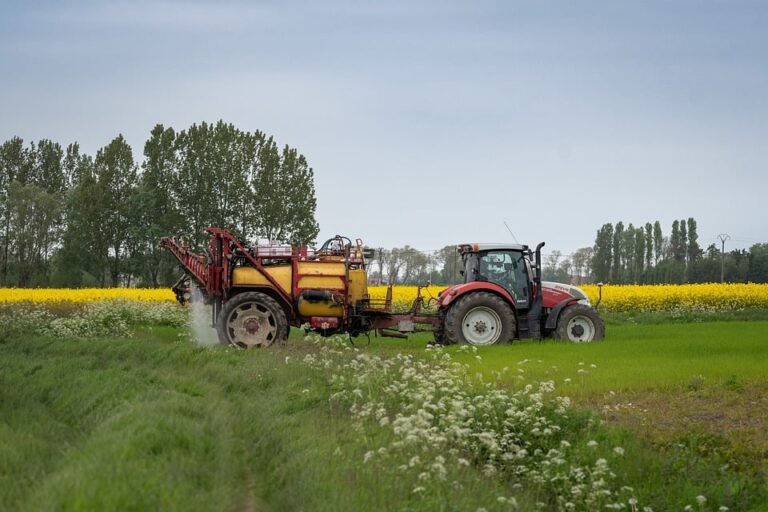Health and Medicine in 16th Century Russian Villages
In the 16th century, health and medicine in Russian villages were vastly different from what we know today. Village life was tough, and medical care was rudimentary at best. Let’s take a closer look at the state of health and medicine during this time period.
Illnesses and Diseases
Illnesses and diseases were rampant in 16th century Russian villages due to poor hygiene and living conditions. The most common illnesses included infections, fevers, and gastrointestinal disorders. Tuberculosis, smallpox, and typhus were also prevalent during this time. Without access to proper medical care, many villagers succumbed to these diseases.
Methods of Healing
In the absence of trained doctors, villagers relied on traditional methods of healing to treat illnesses and injuries. Folk healers and wise women were highly respected in the community for their knowledge of herbal remedies and medicinal plants. These healers would brew herbal teas, poultices, and tinctures to treat a variety of ailments.
Some common herbs used in 16th century Russian villages for medicinal purposes included chamomile, mint, thyme, and garlic. These herbs were believed to have healing properties and were often used to alleviate symptoms of illnesses.
Superstitions and Beliefs
Superstitions and beliefs played a significant role in the healing practices of 16th century Russian villages. Many villagers believed in the power of charms, amulets, and incantations to ward off illnesses and evil spirits. Rituals and ceremonies were often performed to appease the spirits and restore balance to the body.
It was also believed that illnesses were caused by supernatural forces or curses. To counteract these malevolent forces, villagers would seek the help of shamans or spiritual leaders to perform rituals and ceremonies to drive away the sickness.
Surgical Practices
Surgical practices in 16th century Russian villages were crude and often resulted in more harm than good. In the absence of anesthesia or sterile conditions, surgeries were performed using primitive tools such as knives, saws, and needles. Infections were common, and many patients did not survive the procedure.
Amputations were a common practice in cases of severe injuries or infections. However, without proper medical knowledge or equipment, many patients died from complications or blood loss during the procedure.
Hygiene and Sanitation
Hygiene and sanitation were poor in 16th century Russian villages, leading to the spread of disease and illness. Villagers lived in crowded, unsanitary conditions with little access to clean water or proper waste disposal. Outhouses were often shared by multiple families, contributing to the spread of infections.
Due to the lack of sanitation, outbreaks of cholera, dysentery, and other waterborne diseases were common in Russian villages. Contaminated water sources and poor hygiene practices were major contributors to the high mortality rates during this time period.
Medical Knowledge and Education
Medical knowledge and education in 16th century Russian villages were limited to a few individuals with experience in herbal medicine and traditional healing practices. Formal medical training was virtually nonexistent, and there were few opportunities for villagers to receive proper medical care.
The Church played a significant role in providing healthcare to villagers through monasteries and convents. Monks and nuns were often trained in herbal medicine and served as healers in their communities. They would provide basic medical care to villagers in need and dispense herbal remedies to alleviate symptoms of illnesses.
Conclusion
In conclusion, health and medicine in 16th century Russian villages were a far cry from modern standards of care. Villagers relied on traditional healing practices, superstitions, and beliefs to treat illnesses and injuries. With poor hygiene, limited medical knowledge, and a lack of proper medical care, life in Russian villages was fraught with hardship and disease. The legacy of these primitive medical practices can still be seen in the traditional healing methods used in rural communities today.





